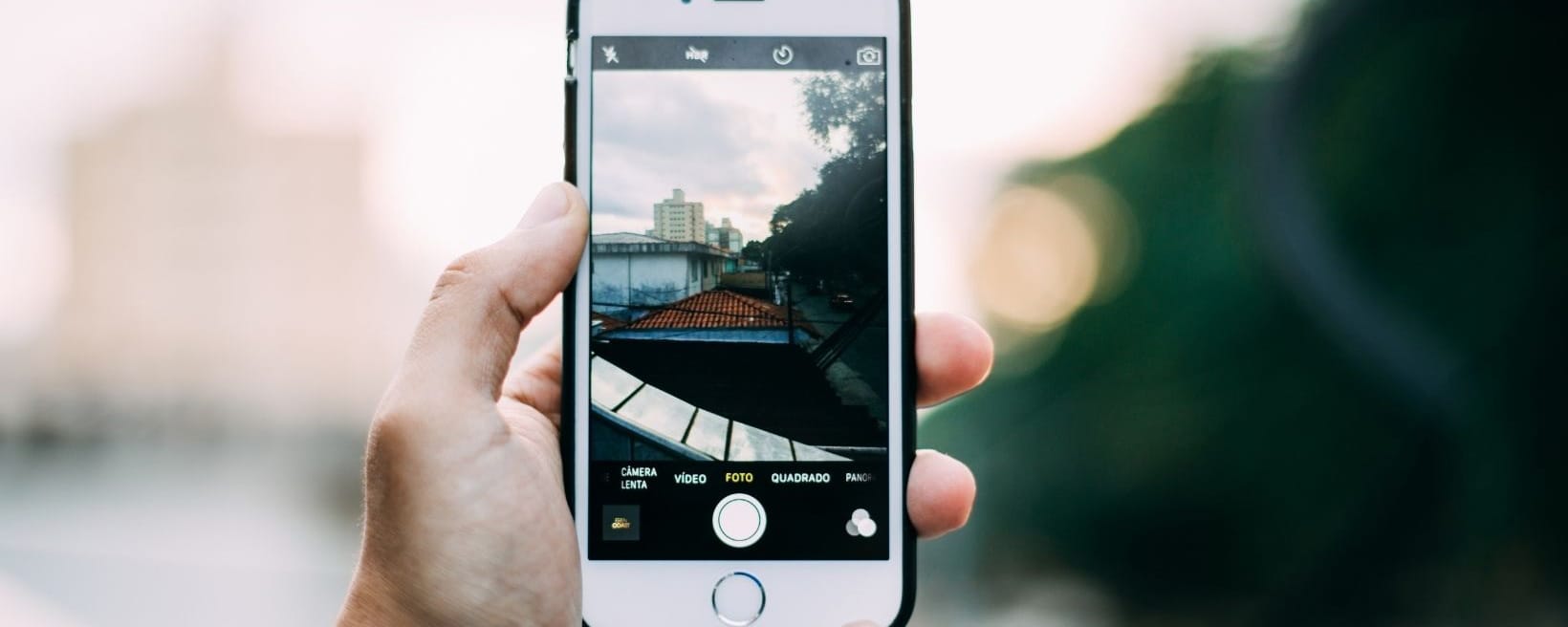How to get pro pics using just your smartphone

According to one famous photographer: “The best camera is the one that’s with you.” Whether you’re going all in with the latest DSLR or using your smartphone to capture your memories, the same rules of photography can be applied to get that professional looking shot.
The accessibility of smartphones means it has never been easier to take your passion for photography to the next level. Here are just a few tips to take amazing pictures that people will be shocked to find were taken on a smartphone.
Rule of thirds
Framing a shot in the most visually appealing way comes from deploying the rule of thirds – a common photography principle that states all images should be broken down into thirds, both horizontally and vertically. If you place your subject of interest within the boundaries of these frames, you should get a more balanced picture. Luckily, most smartphones have a grid feature that creates gridlines to help you stick to the rule of thirds.
Set the scene
Everything that is in the background or ‘negative space’ of a picture should be there because you want it there. It’s easy to focus all your attention on the subject, but if the background is too busy, it may distract from what you’re trying to capture. Keep to a plain backdrop such as a wall, as this will draw the attention to your subject – making it really stand out.
Focus, focus, focus
Focusing on one subject can add real depth to a picture and whilst many smartphones already offer an autofocus feature, sometimes they struggle to pick up the right subject. To refocus the camera, simply tap on the subject area you wish to capture, which should haze the background.
Don’t zoom, make room
It can be tempting to zoom in on your subject, especially when you’re capturing something from a distance, but often this just creates blurry or pixelated pictures that lose all their definition. It’s best to move closer to the subject, or photograph with the knowledge that you can always crop any negative space during the editing process.
Natural lighting vs flash
Whilst your phone flash can brighten images, often they leave the subject ‘overexposed’, which is when there is too much light on the subject. To avoid this, take advantage of natural light where possible and in most situations, the subject should be facing towards the source of light to get the correct exposure. You could also experiment with the dark by using shadows, street lighting and during the Instagram favourite, ‘golden hour’.
Photography is a great way to express your talent and whilst there are rules that can help transform your images, the best advice is to experiment and practice with different techniques as much as possible. At Walsall College, we have a dedicated photography studio, dark room and editing suites to help you capture your talent.



